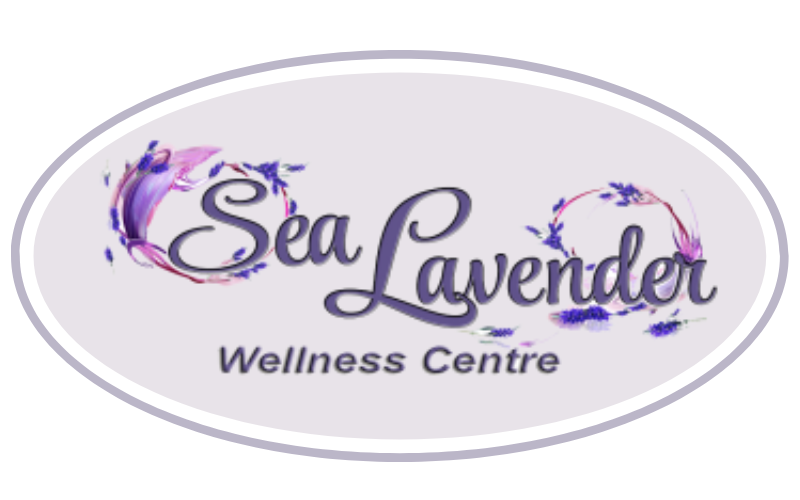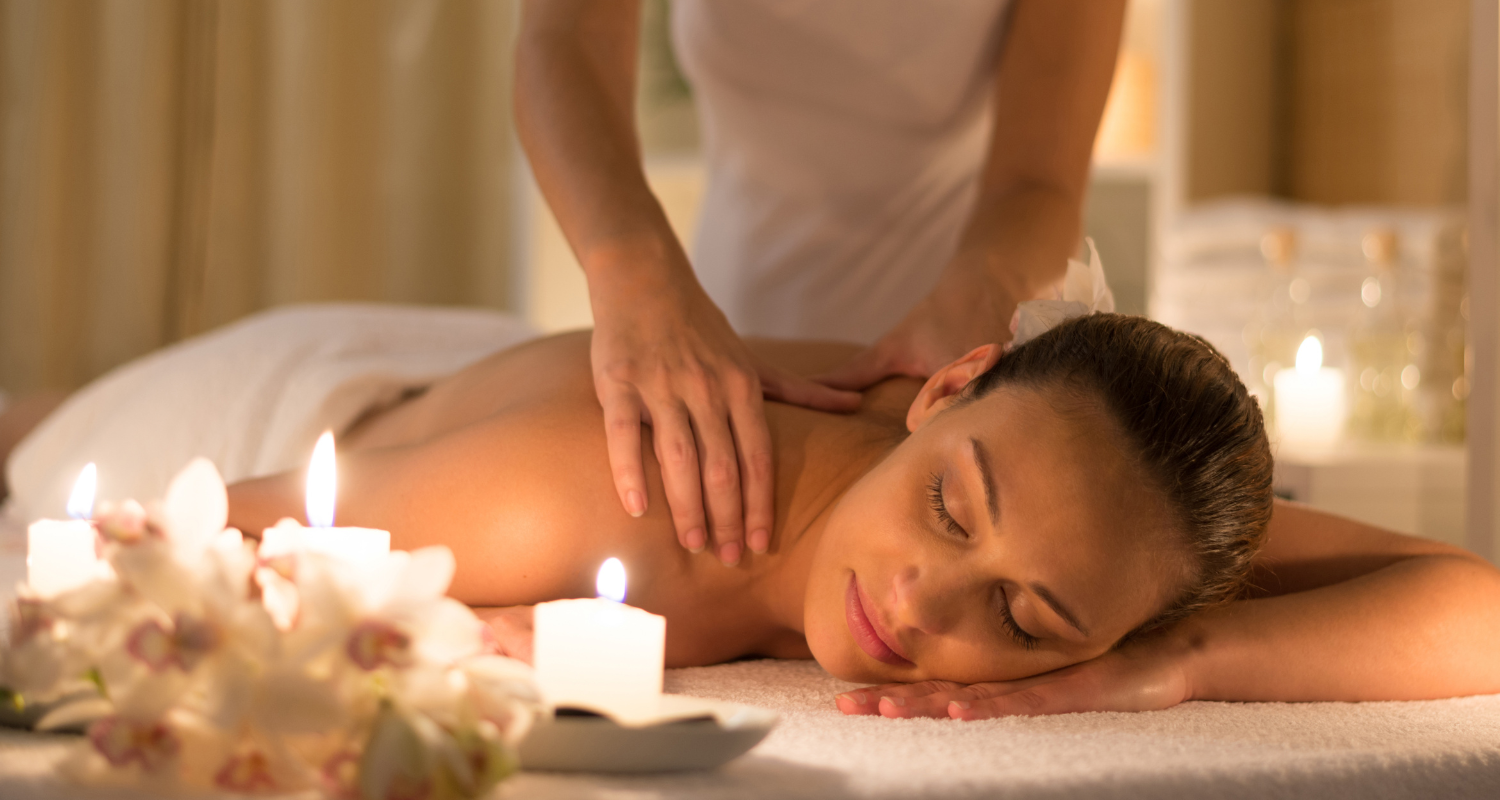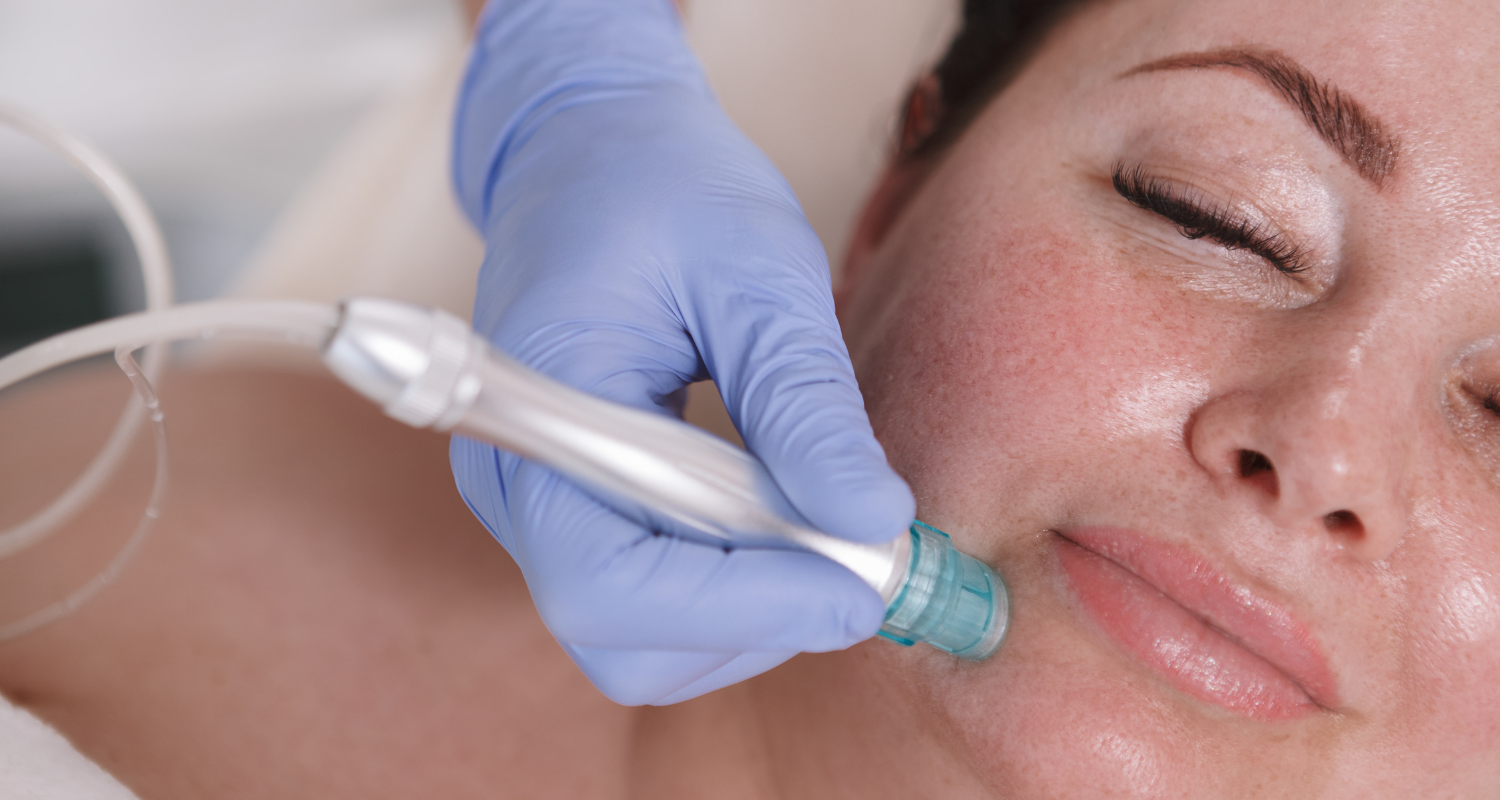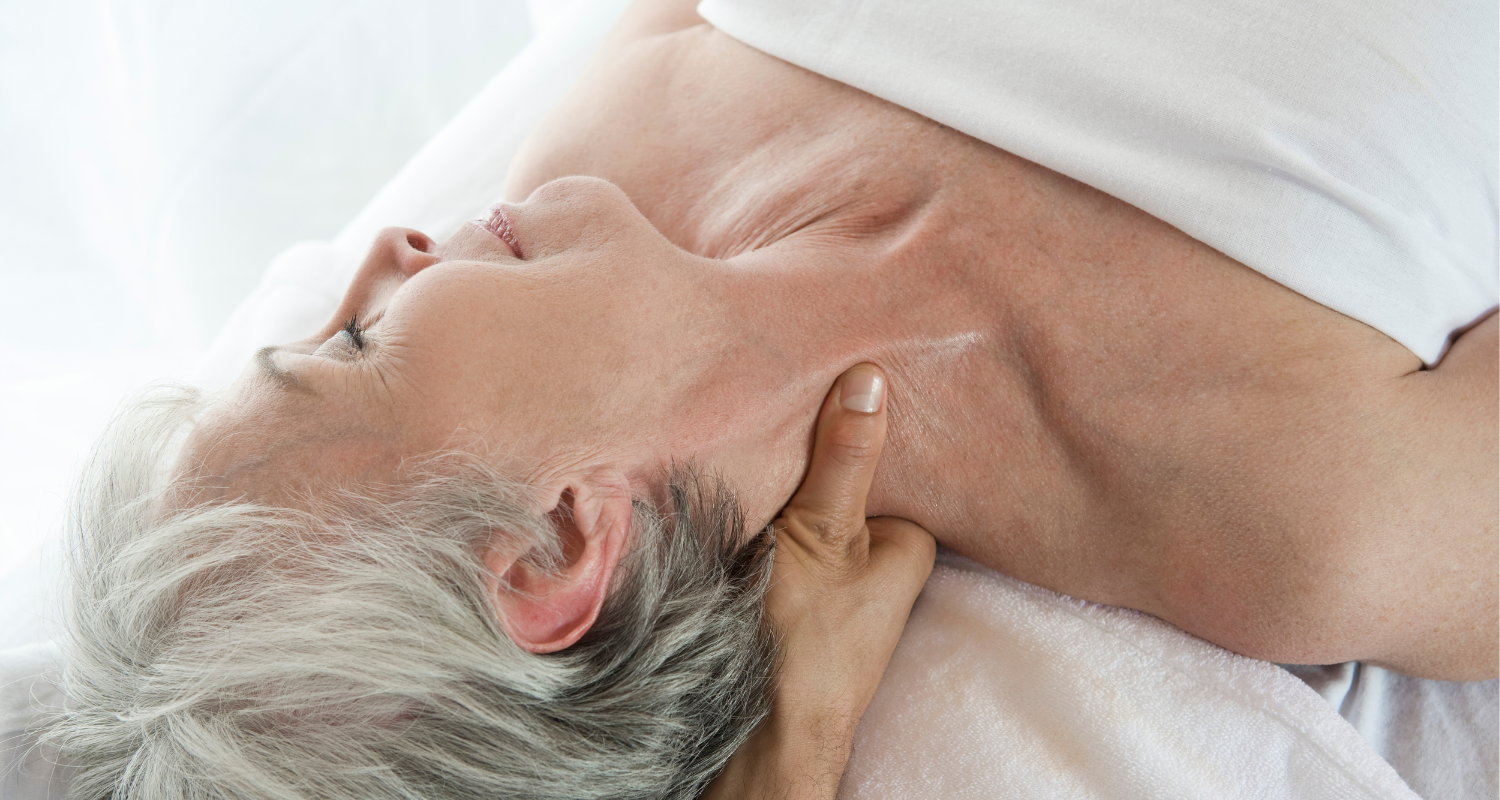Massage for Stress Relief: Techniques to Calm Your Mind and Body
Stress has become a pervasive part of modern life, often affecting our physical and mental well-being. Deadlines, family responsibilities, and the ever-present hum of technology keep us in a constant state of activity, leaving little room for relaxation. While stress is a natural response to challenges, chronic stress can lead to serious health issues, such as anxiety, depression, high blood pressure, and a weakened immune system.
One powerful remedy for stress that has stood the test of time is massage therapy. Beyond its reputation for relaxation, massage offers a range of scientifically proven benefits for both mind and body. Let’s delve deeper into how massage helps alleviate stress and explore techniques to calm your mind and body effectively.
The Link Between Stress and Your Body
When you experience stress, your body activates the “fight or flight” response, releasing stress hormones like cortisol and adrenaline. This response is useful in short-term situations but becomes harmful when prolonged. Chronic stress tightens muscles, disrupts sleep, increases heart rate, and negatively impacts your immune system.
Massage therapy works as a countermeasure to this physiological response. By encouraging relaxation, it signals your nervous system to shift from “fight or flight” to “rest and digest,” helping your body recover and restore balance.
How Massage Relieves Stress
Massage therapy addresses stress through a combination of physical and emotional mechanisms:
- Promotes Relaxation
- Massage stimulates the parasympathetic nervous system, which is responsible for calming your body. This reduces cortisol levels and increases feel-good hormones like serotonin and dopamine, creating a sense of well-being.
- Reduces Muscle Tension
- Stress often manifests physically as tight shoulders, a stiff neck, or lower back pain. Massage helps relax these tight muscles, improving flexibility and reducing discomfort.
- Improves Circulation
- By boosting blood flow, massage delivers oxygen and nutrients to tissues, which helps release toxins and promote recovery from physical and emotional fatigue.
- Encourages Mindfulness
- The rhythmic and soothing nature of massage anchors you in the present moment, reducing mental chatter and fostering mindfulness.
- Improves Sleep Quality
- Regular massage can reduce insomnia caused by stress by relaxing your body and calming an overactive mind, paving the way for restorative sleep.
Techniques for Stress Relief Massage
Different massage techniques cater to varying needs and levels of stress. Here are some of the most effective methods for calming the mind and body:
1. Swedish Massage
This is one of the most common and gentle massage techniques. Swedish massage involves long, flowing strokes, kneading, and circular movements. It’s perfect for reducing tension, improving circulation, and fostering relaxation.
Best for: Individuals new to massage therapy or looking for a light-to-medium pressure experience.
2. Deep Tissue Massage
This technique targets the deeper layers of muscles and connective tissues. By applying slow, deliberate strokes and firm pressure, it releases chronic tension and knots caused by stress.
Best for: People with chronic stress that manifests as severe muscle tightness or pain.
3. Hot Stone Massage
In this therapy, smooth, heated stones are placed on specific points of the body to enhance muscle relaxation. The warmth penetrates deeply, helping to ease tension and boost circulation.
Best for: Those seeking a comforting and deeply relaxing experience.
4. Aromatherapy Massage
Combining the benefits of massage with essential oils, this technique enhances relaxation and stress relief. Oils like lavender, chamomile, and eucalyptus are known for their calming properties.
Best for: Stress relief combined with an uplifting sensory experience.
5. Reflexology
This focuses on applying pressure to specific points on the feet, hands, or ears, believed to correspond to other parts of the body. Reflexology not only relieves stress but also promotes overall health and balance.
Best for: Those who prefer a less invasive approach or who want to target stress indirectly.
6. Shiatsu Massage
Shiatsu is a Japanese technique that uses finger pressure along energy pathways, or meridians, to restore balance. This practice can alleviate both physical and emotional stress.
Best for: Those interested in holistic, energy-based stress relief methods.
7. Self-Massage
For those without immediate access to a massage therapist, self-massage techniques can be incredibly effective. Using your hands, a foam roller, or massage tools, you can target tense areas like your neck, shoulders, and feet.
Best for: Quick and cost-effective stress relief at home or work.
Enhancing Massage Therapy for Stress Relief
To maximize the benefits of massage for stress relief, consider the following tips:
- Set the Mood
Create a calming environment by dimming the lights, playing soothing music, and using aromatherapy diffusers. - Breathe Deeply
During the massage, practice deep breathing to enhance relaxation and oxygenation of the body. - Stay Hydrated
Drinking water post-massage helps flush out toxins released during the therapy. - Combine with Other Practices
Pair massage with mindfulness meditation, yoga, or progressive muscle relaxation for a comprehensive stress management plan. - Consistency is Key
While a single session is beneficial, regular massages—weekly or monthly—can profoundly impact your long-term stress levels.
The Emotional Benefits of Massage
Massage doesn’t just heal the body; it nurtures the mind. Here’s how:
- Reduces Anxiety and Depression: The increase in serotonin and dopamine levels during massage combats feelings of anxiety and depression.
- Improves Emotional Resilience: A relaxed body is better equipped to handle stressors without being overwhelmed.
- Enhances Connection: Human touch has a profound emotional impact, fostering feelings of safety, care, and connection.
Stress Relief in Everyday Life
While massage therapy is a powerful tool, incorporating small stress-relief practices into your daily routine can complement its benefits. Here are a few ideas:
- Take short breaks during work to stretch and practice mindfulness.
- Engage in regular physical activity to release endorphins.
- Maintain a balanced diet and stay hydrated to support your body’s stress response.
Why Massage is a Worthwhile Investment
In a world where stress often feels unavoidable, investing in massage therapy is a gift to yourself. Beyond the immediate relaxation, it provides long-term health benefits that improve your quality of life.
Whether you’re navigating a demanding career, managing a household, or simply need a moment of peace, massage therapy offers a sanctuary for your mind and body. By choosing the right techniques and making it a regular part of your routine, you can reclaim control over stress and foster a deeper connection with yourself.
Please find us on social media:
Facebook: https://www.facebook.com/sealavenderwellness
Instagram: https://www.instagram.com/sealavenderwellness
Google: https://maps.app.goo.gl/i4w25zjhB9pm8ExCA
Book an appointment: https://www.fresha.com/book-now/sea-lavender-wellness-spa-adsg8jdw/all-offer?id=341896&share&pId=318584



